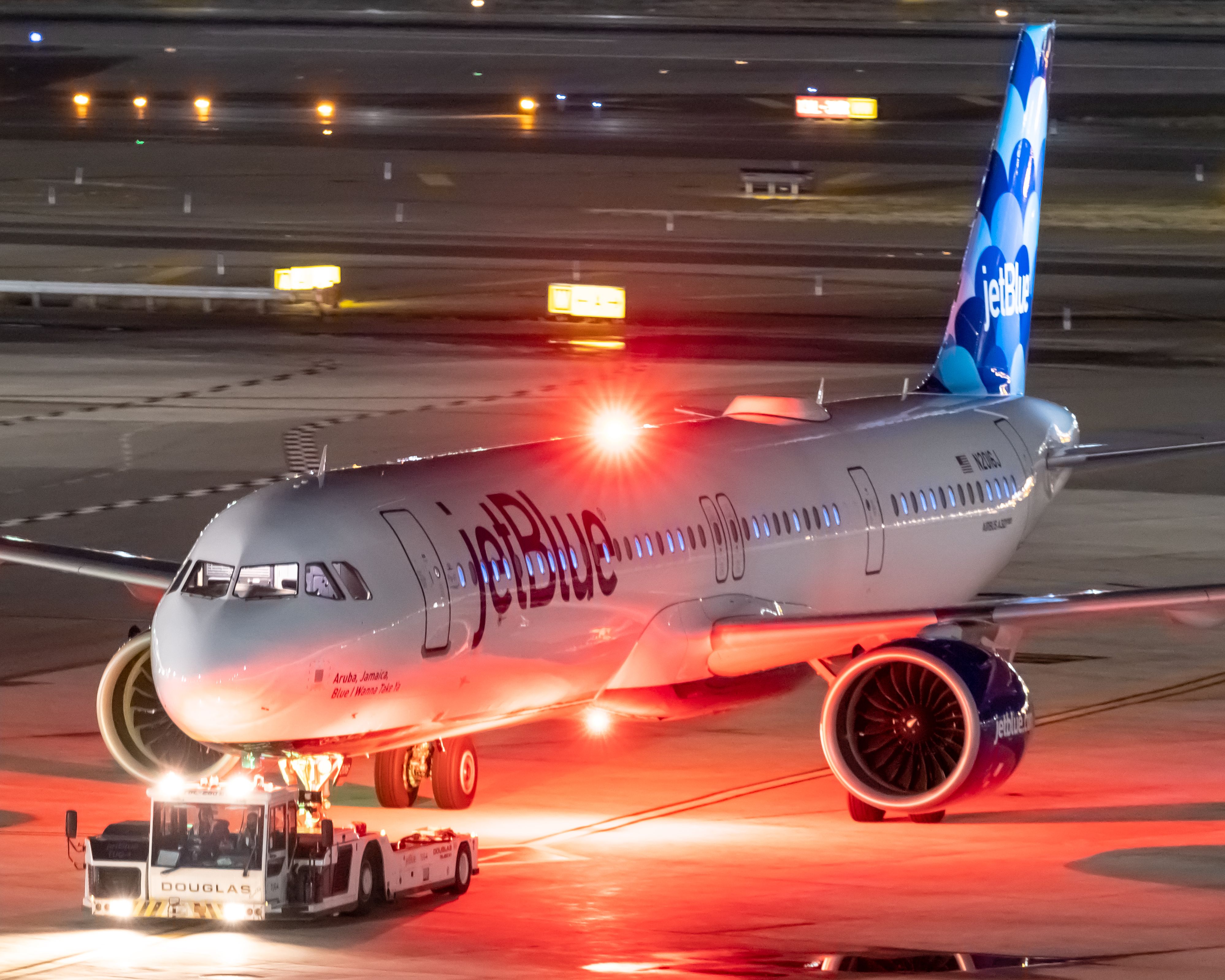Summary
- Miscommunication at Ronald Reagan Washington National Airport led to Southwest and JetBlue planes coming dangerously close, reflecting a trend of close calls in recent months.
- Near misses between aircraft at US airports highlight the urgent need for improved safety protocols and addressing ATC staffing shortages.
- The FAA is making efforts to address the ATC shortage, but incidents persist due to various factors.
In another incident of near miss, two aircraft belonging to Southwest Airlines and JetBlue came just a few hundred feet from each other at Ronald Reagan Washington National Airport. The incident once again highlights the issue of close calls at US airports and the need to implement tighter safety protocols and address the issue of an understaffed ATC department.
Another near miss
On April 18, a Southwest aircraft performing flight 2937 to Orlando and a JetBlue plane preparing to depart as flight 1554 for Boston came 300 feet from each other due to miscommunication.
An audio was posted on YouTube in which Southwest was told to cross a runway from which the JetBlue aircraft was also cleared to take off at the same time. Both planes were heading towards each other for a short while when someone from air traffic control noticed, and soon, multiple voices could be heard warning both aircraft to stop.
From the audio, it seems that both planes were following the instructions given by the ATC, although an official investigation by relevant authorities will determine the actual cause of miscommunication.
Why so many?
The latest incident is one of many in recent months involving a close call at airports. It’s not as simple as putting a finger on one issue leading to such events, as it could be a combination of understaffed ATC, inexperienced pilots, or even airports handling more flights than they comfortably can.
Photo: Lukas Wunderlich | Shutterstock
But whenever a close call like this happens, the conversation also eventually moves to the problem of understaffing that the US ATC department is currently facing. Last year, the Federal Aviation Administration (FAA) identified 19 serious runway incursions between January and October.
There could be multiple reasons for a spike in such incidents, including a sudden spike in air traffic after the COVID-19 pandemic and the inability of the system to cope with increasing flights. But last year, those from the aviation industry cautioned that a shortage of air traffic controllers is putting the system under stress.
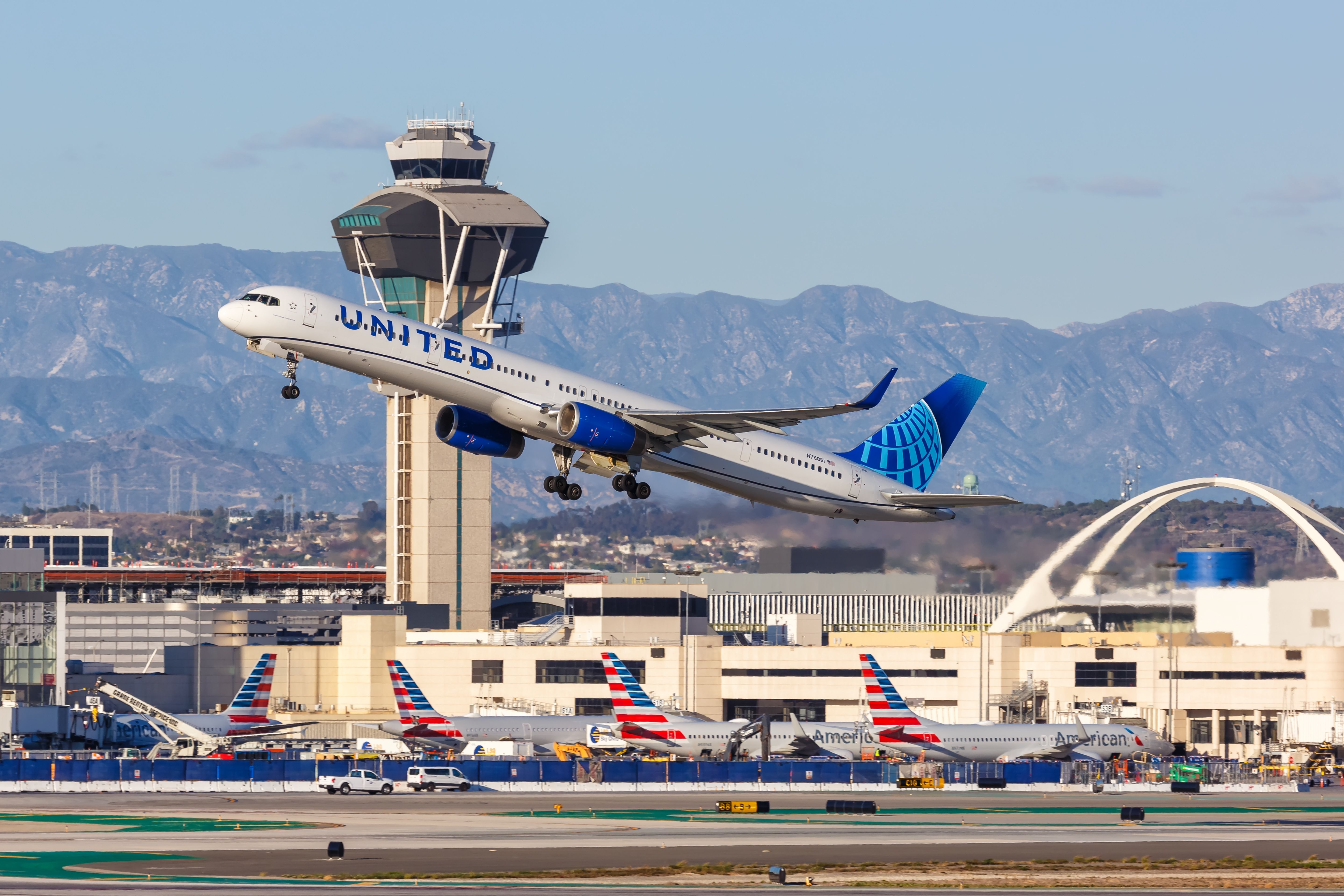
Related
FAA Identifies 19 Serious Near Miss Incidents In 2023: The Most In 7 Years
Controller shortage is becoming a safety issue.
During a hearing of the Subcommittee on Aviation Safety, Operations, and Innovation in 2023, the National Transportation Safety Board (NTSB) chair Jennifer Homendy said,
“Air traffic controllers are being required to do mandatory overtime. It ends up leading to fatigue and distraction, which is exactly what we’re seeing as part of these incident investigations. And it all just comes down to the shortage of staffing.”
Addressing the issue
The FAA is trying to address the problem, and there has been some progress, but seemingly not enough to prevent such incidents from happening at such a rate. Last year, the agency said it was taking immediate action on several concepts to address ATC shortage and other safety issues.
Among the measures that the FAA announced were moving college and university air traffic control graduates straight to on-the-job training, and bypassing the FAA Air Traffic Controller Academy, filling every seat at the FAA Academy and increasing classroom size, and several others.
Photo: Markus Mainka | Shutterstock
The FAA hired 1,500 controllers in 2023, but that’s seemingly not enough to curb the near-miss incidents at airports. Hopefully, as new candidates are deployed to airports after training and more are hired over the next few months, we’ll get to hear about such incidents less often.
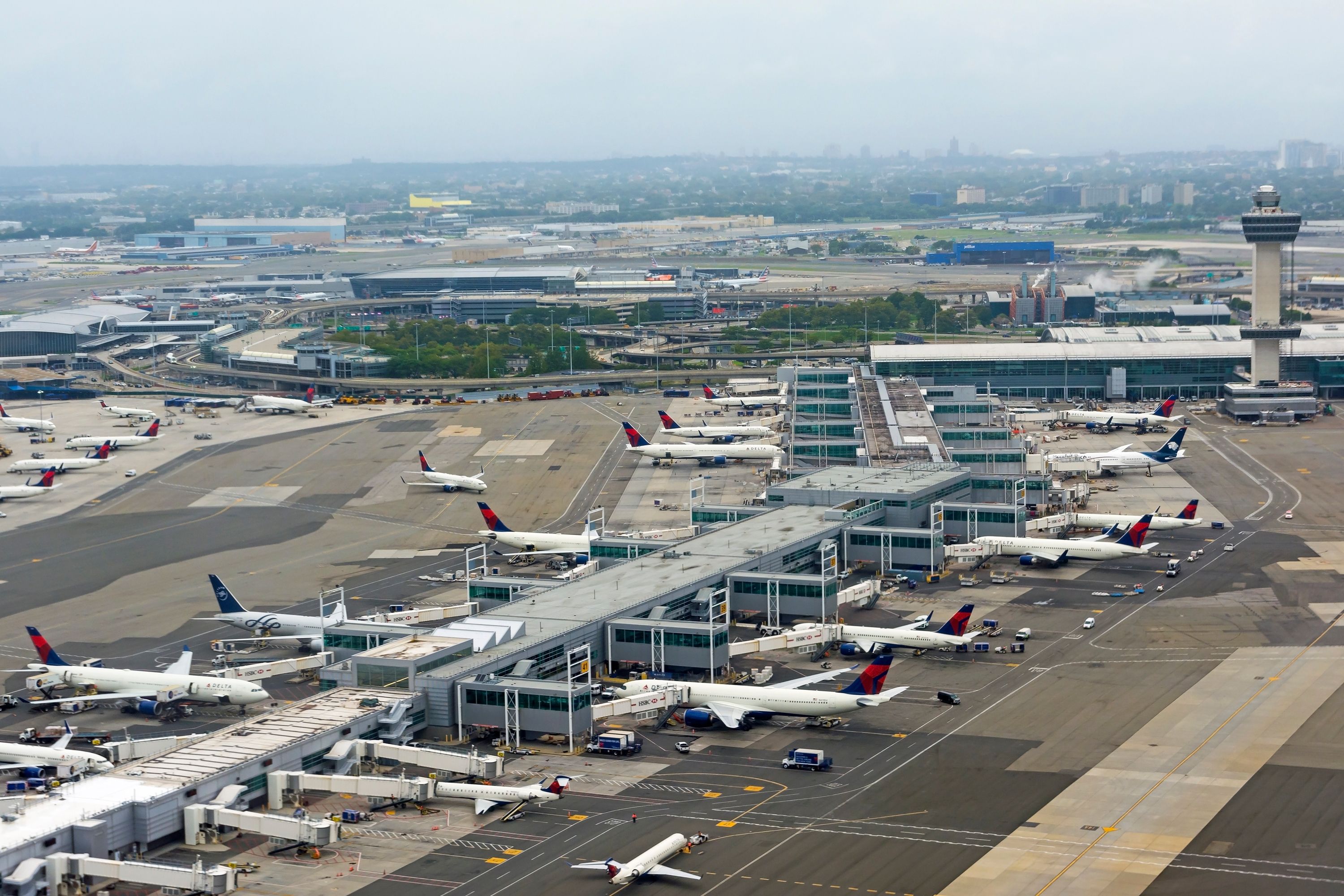
Related
New York Flights May Continue To Be Reduced Due To Air Traffic Control Shortage
The cuts to minimum flight requirements are currently in place until October this year.
What are your views on this? Please leave a comment below.



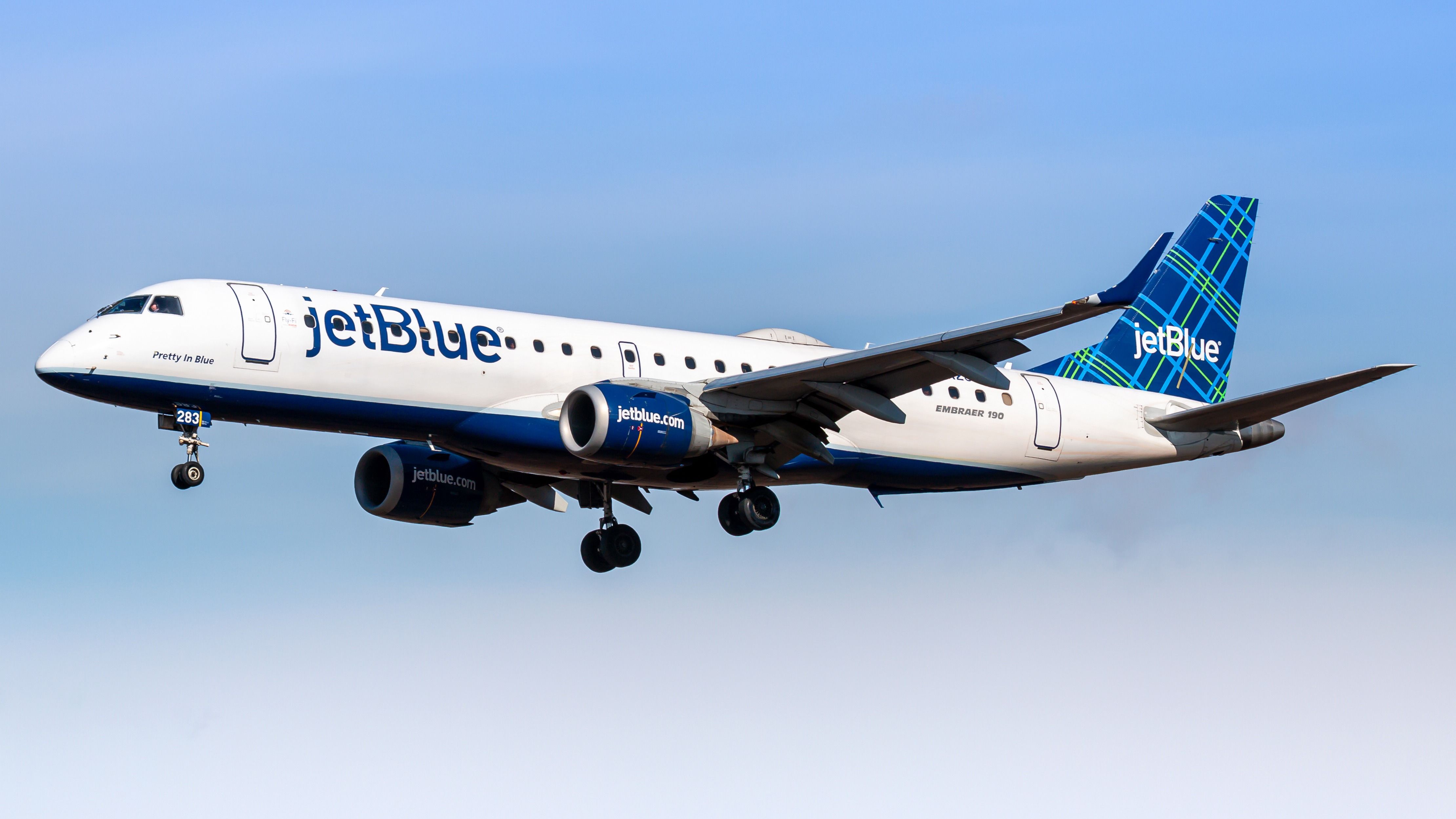
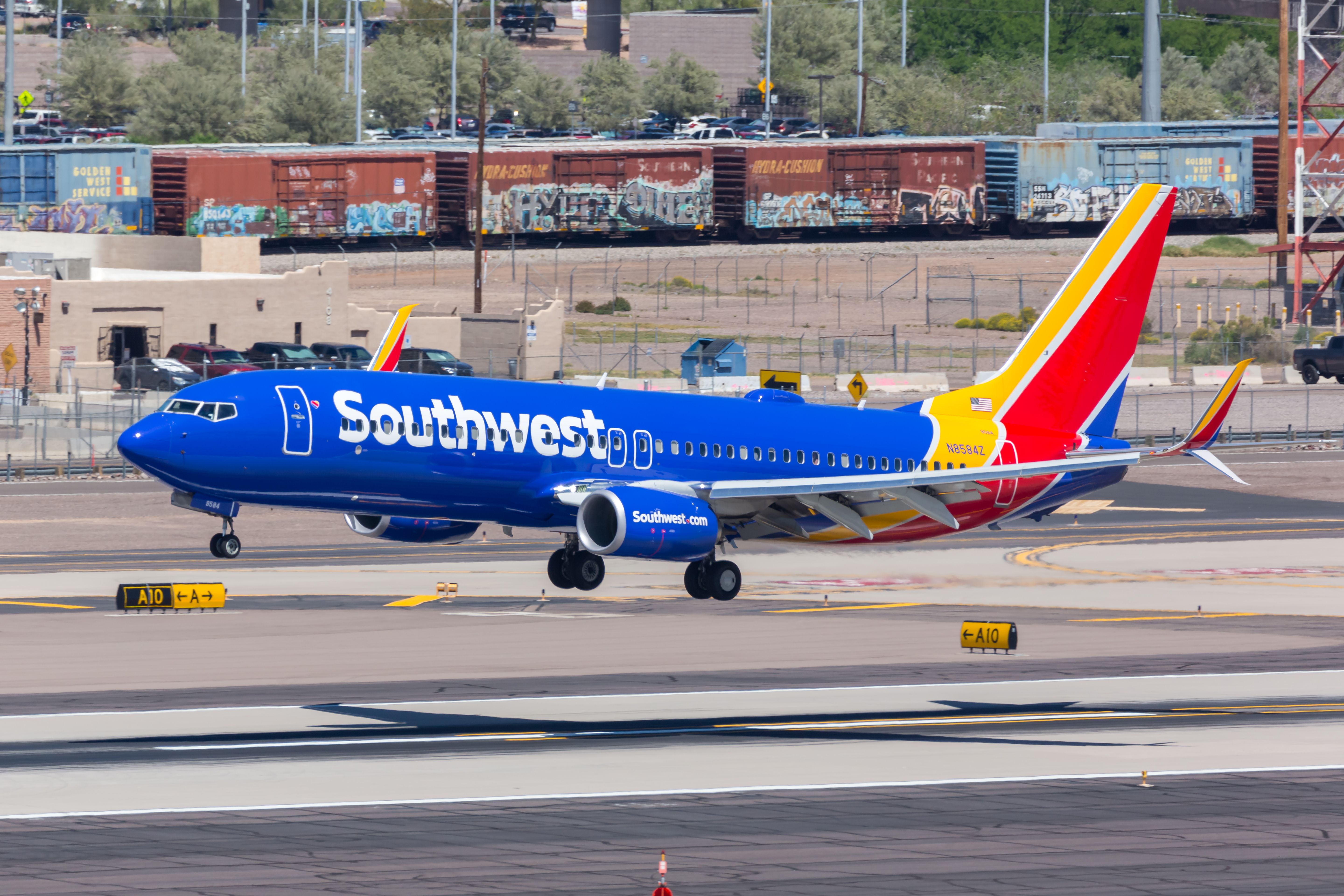
.jpg)
